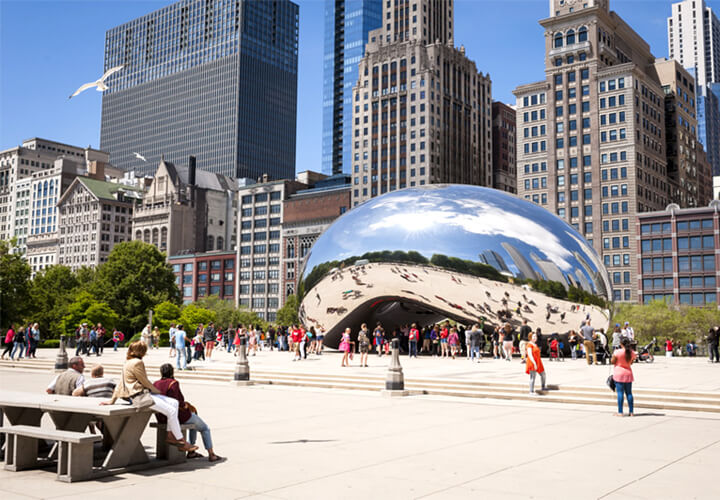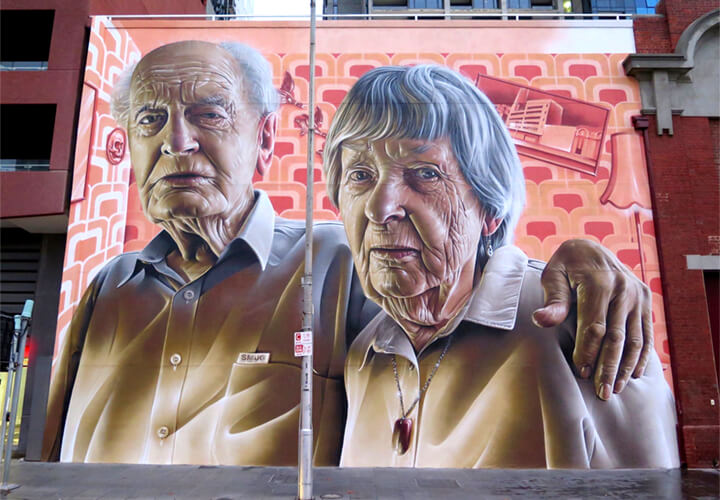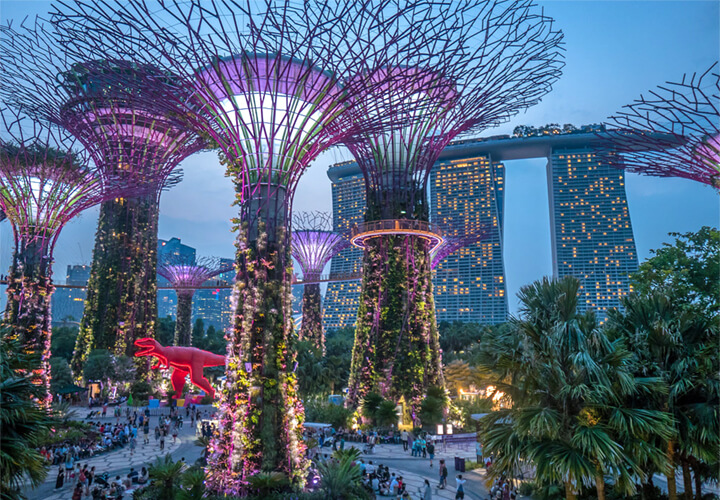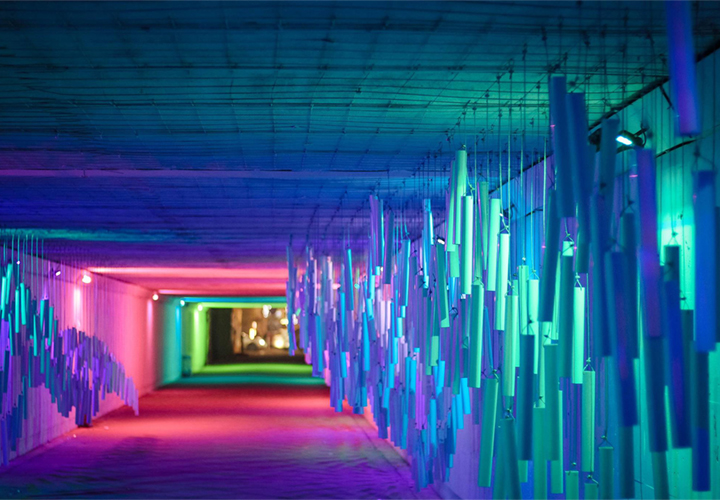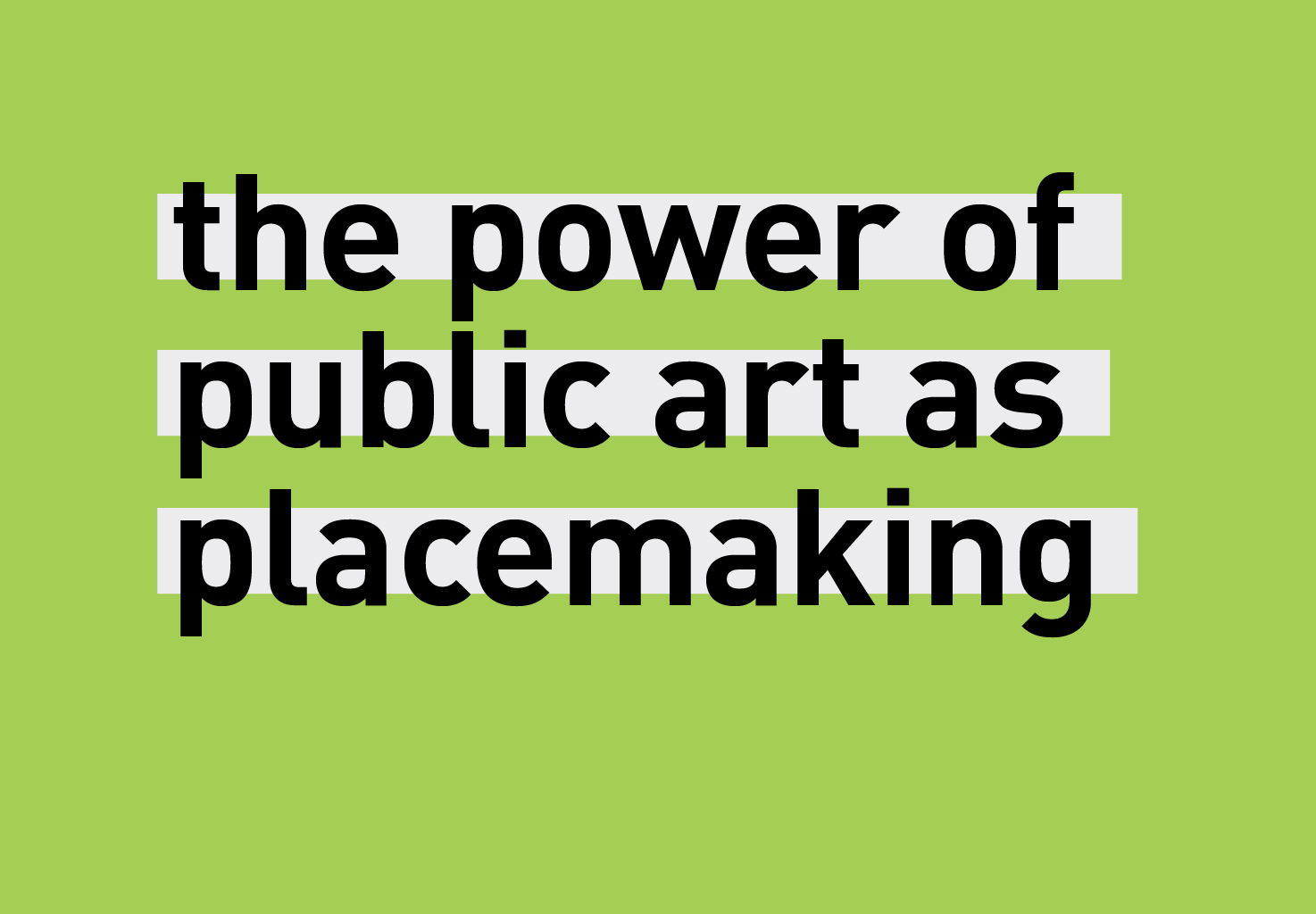At BrandCulture, we love unearthing opportunities to create a sense of place through public art.
Public art can put cities on the map by acting as their “calling card to the world”. Think of New York’s Statue of Liberty, Singapore’s supertrees or Melbourne’s graffiti-lined laneways, which are now synonymous with their cities. These examples show how art can dramatically change the experience of public spaces, increase people’s attachment to places and make them more meaningful.
One of the lesser-known benefits of public art is that it can influence our cognition of spaces, acting as landmarks or reference points that help people find their way.
When developers invest in wayfinding design, public art is often overlooked or seen as sitting outside the scope of the budget. Yet how much lovelier is it to say ‘Meet me under the supertrees’ than ‘Meet me at that signpost?’ It’s much easier to navigate vast spaces if there are bold visual references along the way, reminding you where you are.
Public art can also help to define gateways and borders, creating a sense of arrival. Or, it can be integrated into existing infrastructure. We love how ugly, desolate walkways and tunnels can be transformed into safe, joyful spaces: unsightly underpasses are being reimagined as a rainbow of light (bottom right).
A blueprint for public art
So what are the various strategies for public art & placemaking?
Today’s best placemaking strategies often incorporate guidelines for public art. The City of Sydney’s Public Art Strategy and Green Square Public Art Strategy are excellent examples of how councils are weaving cultural values into the very fabric of neighbourhoods through art. As City of Sydney’s Lord Mayor Clover Moore says: “Public art can engage and stimulate, it can provoke thought and action and it can add depth and texture to the urban experience.”
If you’re thinking of introducing public art into your built environment, where should you start? You’ll find the following guiding principles in any good Public Art Masterplan:
- Public art should embody the spirit of the local community and honour its past
- This means public art should be commissioned and developed in consultation with the local community
- Public art should be community oriented (sensitive to history, culture, people) and site-oriented (consider size, scale and building usage)
- Public art should be accessible to all, and created for highly visible, visited locations.
In a 2008 Lonely Planet poll, Melbourne’s laneway street art was voted Australia’s top “cultural attraction”. And according to The Conversation, Hosier Lane now attracts more hashtags on Instagram than Melbourne Zoo or Federation Square. It shows the economic value of creative placemaking: cultural landmarks are often a drawcard for tourists, driving spend in local communities.
If you’re thinking of commissioning public art, remember: it’s always a collaboration. As Public Art Review (issue 45) explains: “Alone, no designer, architect, or artist can create a great public space that generates and sustains stronger communities. Instead, such spaces arise from collaboration with the users of the place who articulate what they value about it and assist the artist in understanding its complexity.”
